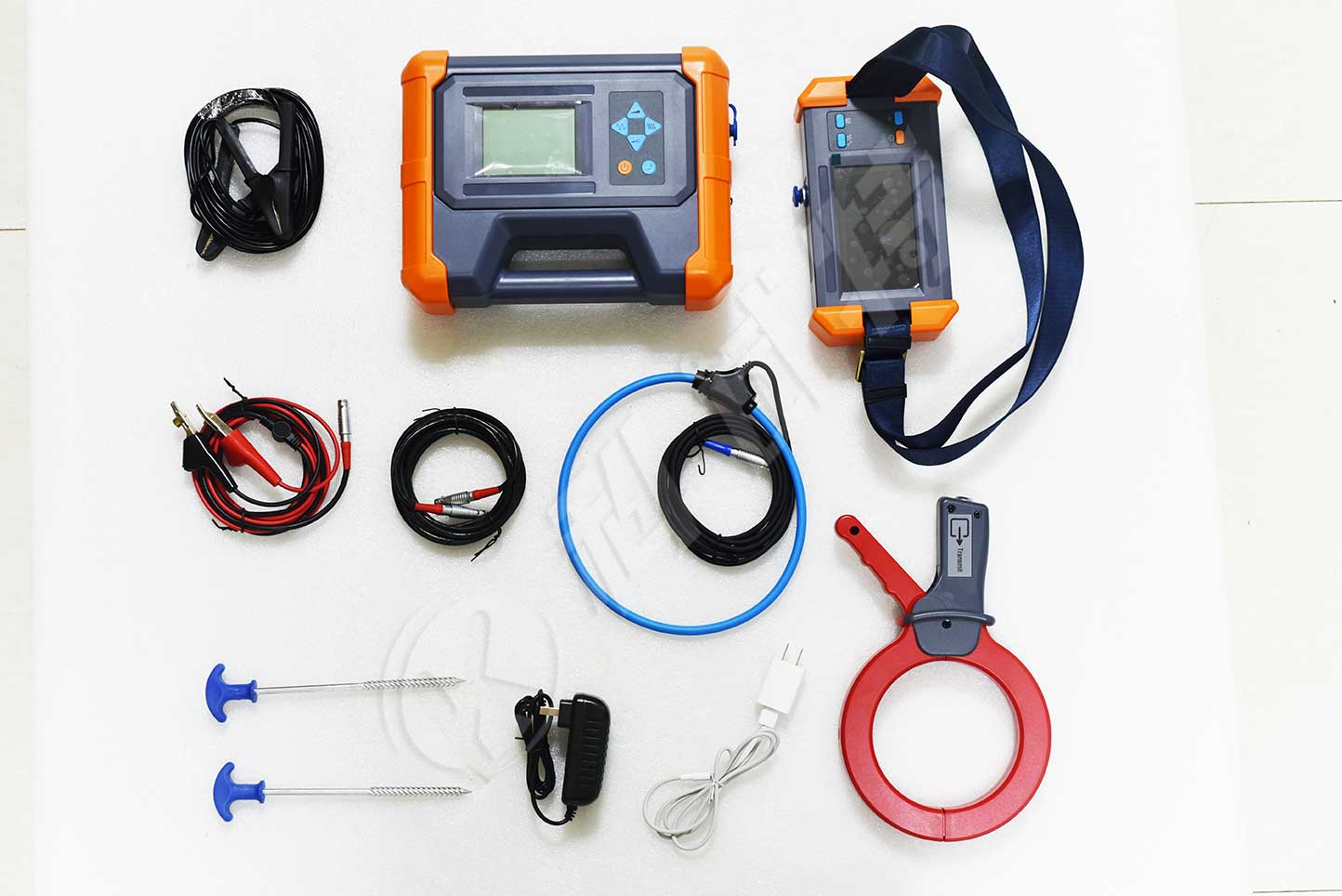Cable fault tester is an important equipment used in the fields of power, communication, etc. to detect cable faults. Its maintenance and upkeep are crucial for ensuring equipment accuracy, extending service life, and ensuring the reliability of test results. The following are key points to note during maintenance and upkeep:
1. Daily use and storage
① Moisture and dust prevention
The internal electronic components of the tester are sensitive to humidity and dust, and should be stored in a dry and clean environment.
When not in use for a long time, it is recommended to use a moisture-proof box or desiccant to avoid corrosion or performance degradation of the circuit board due to moisture.
② Avoid severe vibrations
When transporting or moving, handle with care to avoid severe vibration or impact, and prevent damage to internal precision components.
③ Correct connection and operation
Before use, check whether the test cable is intact to avoid short circuits or signal interference caused by damage.
Strictly follow the instructions to avoid equipment damage or distorted test results caused by misoperation.
2. Regular cleaning and inspection
① Clean the shell and interface
Wipe the outer shell with a soft dry cloth and avoid using corrosive solvents such as alcohol and gasoline.
Regularly check whether the interfaces (such as BNC interfaces, USB interfaces) are oxidized or loose, and if necessary, use specialized cleaning agents to clean them.
② Battery and Power Management
If using a built-in battery, it is recommended to charge and discharge it at least once a month to avoid damage caused by excessive discharge of the battery.
When stored for a long time, it is recommended to remove the battery to prevent leakage and corrosion of the circuit board.
③ Check the display screen and buttons
Regularly check whether the display screen has scratches or aging, and whether the buttons are sensitive.
If you find that the buttons are malfunctioning, you can try using a soft bristled brush to clean the dust in the gaps between the buttons.
3. Calibration and Performance Testing
① Regular calibration
According to the frequency of use, it is recommended to perform professional calibration every 6-12 months to ensure testing accuracy.
Calibration should be completed by qualified institutions or manufacturers to avoid disassembling and causing warranty failure.
② Self checking function
Most testers have a self-test function, and after turning on, the self-test process should be observed to see if it is normal. If any abnormalities are detected, they should be promptly investigated.
③ Software Update
Regularly check the manufacturer's official website, download and install the latest firmware or software versions, fix known vulnerabilities, and improve performance.
4. Fault handling and maintenance
① Common troubleshooting
No display: Check if the power is connected, if the battery is depleted, and if the fuse is blown.
Signal abnormality: Check whether the test cable is in good contact and whether the grounding is reliable.
Crash: Try long pressing the power button to force a restart. If the issue persists, contact the manufacturer for repair.
② Professional maintenance
Avoid disassembling equipment on your own, especially the high-voltage parts, to prevent electric shock or damage to precision components.
If the equipment malfunctions, it should be promptly repaired by contacting the manufacturer or authorized repair point.
5. Safety precautions
① High voltage testing protection
When conducting high-voltage testing, it is necessary to wear protective equipment such as insulated gloves and goggles to ensure personal safety.
Before testing, it is necessary to confirm that the tested cable has been powered off and fully discharged to avoid residual charges causing danger.
② Grounding protection
The tester needs to be reliably grounded to prevent static electricity or leakage from causing harm to equipment or personnel.
③ Environmental safety
Avoid using equipment in damp, high temperature, or strong electromagnetic interference environments to ensure accurate test results.
6. Long term storage and transportation
① Preparation before storage
Clean the equipment and charge it to around 50% to avoid completely discharging the battery.
Dismantle the test cable to prevent deformation caused by long-term stress on the cable.
② Transportation precautions
Use specialized packaging boxes and fill them with cushioning materials to prevent vibration or collision during transportation.
summarize
The maintenance and upkeep of cable fault testers should start from various aspects such as daily use, regular inspection, calibration, fault handling, and safety protection. Proper maintenance not only extends the lifespan of equipment, but also ensures the accuracy of test results, providing reliable support for cable troubleshooting. It is recommended that users strictly follow the manufacturer's instructions and regularly contact the manufacturer for professional maintenance.

ZC-701D Smart Cable identifier is a set of high-performance cable identifier, consisting of a signal transmitter and receiver, used to accurately identify the target cable in multiple cables, both live and unlive cables, live cables are only suitable for three-core armored cables. High recognition accuracy, easy to use.
Kvtester Electronics Technology Co.,Ltd. is a high-tech enterprise specializing in power testing, testing, research and development, production, and sales of testing equipment. It has been engaged in the electrical testing industry for many years, and its products are of high quality. We welcome customers to come and purchase. Service hotline: 0086-27-81778799, to learn more, visit the official website: www.kvtester.com





